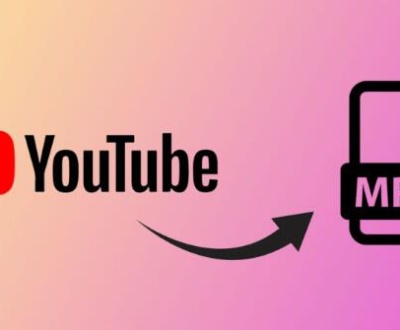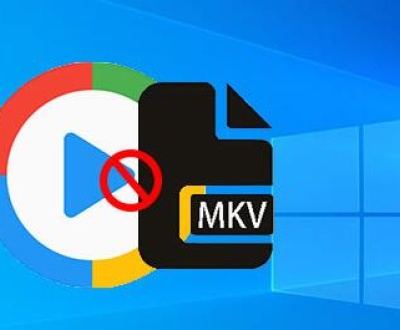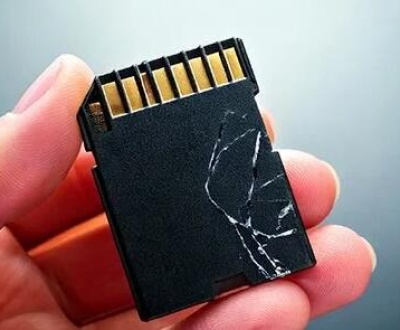The ability to transfer files between a phone and a computer via USB is a feature that many users rely on for everyday tasks, such as moving photos, videos, documents, and other data between their devices. However, there are instances when a USB phone connection is established, but file transfer becomes impossible. This issue can occur across various devices, from Android smartphones to iPhones, and can be frustrating for anyone relying on smooth data sharing.
When you connect your phone to a Windows PC via USB, your phone typically shows up as a media device or storage device. This allows you to drag and drop files between your phone and your computer. However, issues like device recognition failures, lack of permission settings, or problems with Windows settings can prevent you from transferring files even when the phone is visibly connected.

Common Issues:
Device not detected: Windows doesn’t recognize the phone when plugged in.
No file transfer option: The phone does not display the “File Transfer” or “Media Transfer Protocol (MTP)” mode.
Corrupt or outdated drivers: Missing or outdated USB drivers can hinder file transfer.
Connectivity issues: USB cables or ports may be defective.
Device settings: Phone settings could restrict USB data transfer.
Potential Causes of the Issue
USB cable: Not all cables support data transfer. Some only charge.
Phone settings: On Android phones, you need to ensure that the correct USB mode is selected for file transfer.
Windows settings: Issues with the Windows drivers, especially after an update or change in system settings.
Software conflict: Certain software on your computer or phone can interfere with file transfer.
Step-by-Step Troubleshooting Guide
1. Check the USB Cable and Port
One of the simplest reasons your phone may not be transferring files could be a faulty USB cable. Not all USB cables support data transfer; some are designed only for charging.
What to Do:
Test with a different cable: Use a known good USB cable that supports data transfer. Some cables are made specifically for charging and don’t carry data.
Try different USB ports: Plugging your phone into a different USB port on your computer might help if one of the ports is malfunctioning or incompatible with the phone.
2. Ensure USB Debugging is Enabled (Android Only)
For Android users, enabling USB Debugging can help resolve connection issues.
What to Do:
Open Settings on your Android phone.
Scroll down and select About phone.
Tap Build number several times to unlock developer options.
Go back to the main settings menu and tap Developer options.
Enable USB debugging.
Now try reconnecting the phone to the computer.
3. Select the Correct USB Mode (Android Only)
Android phones typically require you to choose the right connection mode when plugged into a PC. By default, it may connect as a “charging device,” not allowing file transfer.
What to Do:
After connecting your phone to the computer, swipe down from the top of your phone’s screen to access the notification bar.
Look for a notification that says “USB for charging” or “USB options.”
Tap it and select File Transfer or Media Transfer Protocol (MTP).
If your phone shows Charging only, change it to File Transfer or MTP.
4. Check the USB Preferences on iPhone (iOS)
For iPhone users, the issue could be related to the iOS settings, especially when trying to transfer data.
What to Do:
When you connect your iPhone to the computer, a prompt should appear asking if you trust the computer.
Select Trust to allow the connection.
Ensure that you’ve installed the necessary iTunes software on your computer, as it helps facilitate communication between the iPhone and the PC.
5. Update or Reinstall USB Drivers on Windows
Outdated or corrupt drivers are one of the most common reasons Windows might not recognize your phone or allow file transfer.
What to Do:
Open Device Manager by pressing Win + X and selecting Device Manager.
Locate Universal Serial Bus Controllers and expand it.
Right-click on your phone’s entry (it may be listed under Portable Devices or as an MTP USB Device), and select Update Driver.
Choose Search automatically for updated driver software and allow Windows to search for and install the latest drivers.
If the drivers are up-to-date and the issue persists, you can uninstall the device from the list, unplug the phone, and plug it back in to reinstall the drivers.
6. Enable Windows File Explorer Access
Windows File Explorer may sometimes fail to detect or display your phone’s storage. Ensuring that Windows Explorer is correctly set to show external devices is vital.
What to Do:
Open File Explorer and click This PC.
Check if your device is listed under Devices and drives.
If it’s not showing up, try restarting the PC and reconnecting the phone.
Alternatively, open Disk Management (Win + X and choose Disk Management) to see if the device is visible there.
7. Use Windows Troubleshooter
Windows has a built-in troubleshooter designed to identify and resolve common connection issues.
What to Do:
Go to Settings > Update & Security > Troubleshoot.
Scroll down and select Additional troubleshooters.
Click on Hardware and Devices, then run the troubleshooter.
Follow the on-screen instructions, and Windows will attempt to detect and resolve any connection issues.
8. Ensure Windows is Fully Updated
Outdated versions of Windows might not be fully compatible with your phone, especially after major updates. Checking for the latest Windows updates can solve connection issues.
What to Do:
Open Settings > Update & Security > Windows Update.
Check for available updates and install them.
Restart your computer after installation and try connecting your phone again.
9. Try a Different Computer
If the problem persists, there might be an issue with your computer itself. Test your phone with another PC to determine if the issue is related to your original computer.
What to Do:
Connect your phone to another computer and see if it transfers files correctly.
If it works on another computer, the problem may lie with your original machine’s settings or drivers.
10. Check for Third-Party Software Conflicts
Sometimes, third-party software on your computer, such as antivirus programs, firewall software, or other file management tools, can interfere with file transfers.
What to Do:
Temporarily disable your antivirus or firewall software and attempt the file transfer again.
If the transfer works, adjust the software settings to allow the transfer to take place without interruption.
11. Reset USB Ports (Windows)
Windows allows you to reset USB ports, which can sometimes help with connection issues.
What to Do:
Go to Device Manager and expand the Universal Serial Bus Controllers section.
Right-click on each item under this category and select Uninstall device.
After uninstalling, restart your computer. Windows will automatically reinstall the drivers for the USB ports upon reboot.
12. Factory Reset the Phone (Last Resort)
If all else fails, performing a factory reset on your phone could help resolve persistent software issues that might be causing the file transfer problem. This should be considered a last resort, as it will erase all data from your device.
What to Do:
Before proceeding with a factory reset, ensure that you have backed up all important data from your phone.
Follow the phone’s instructions for performing a factory reset, which is typically found under Settings > System > Reset.
About us and this blog
Panda Assistant is built on the latest data recovery algorithms, ensuring that no file is too damaged, too lost, or too corrupted to be recovered.
Request a free quote
We believe that data recovery shouldn’t be a daunting task. That’s why we’ve designed Panda Assistant to be as easy to use as it is powerful. With a few clicks, you can initiate a scan, preview recoverable files, and restore your data all within a matter of minutes.
Subscribe to our newsletter!
More from our blog
See all postsRecent Posts
- How to search folder in file explorer 2025-05-09
- How to search for duplicates in file explorer 2025-05-09
- Finder search not finding files 2025-05-09

 Try lt Free
Try lt Free Recovery success rate of up to
Recovery success rate of up to









